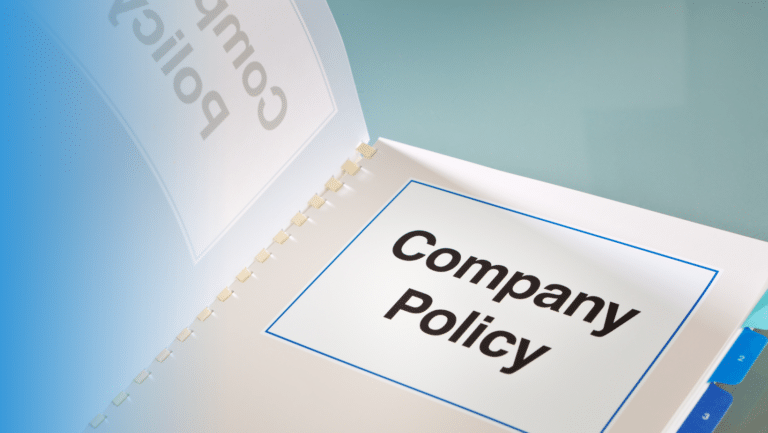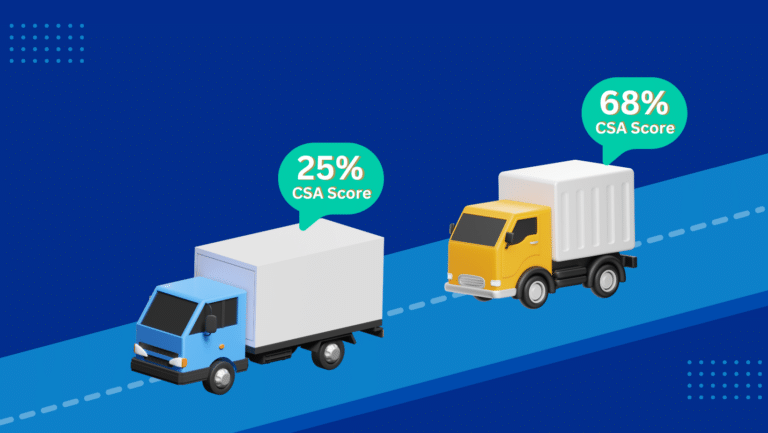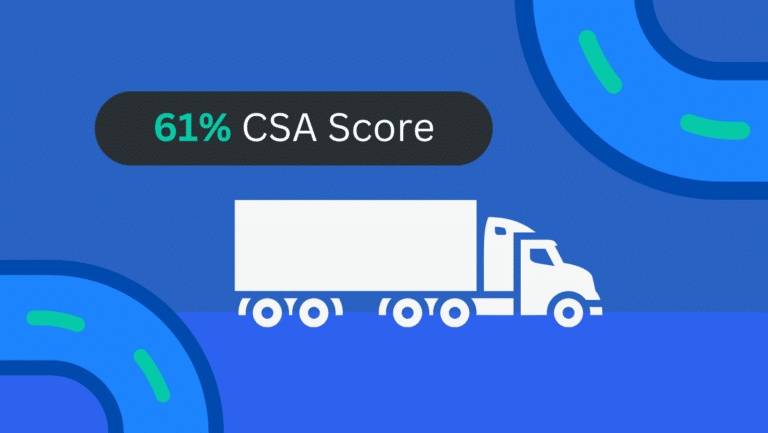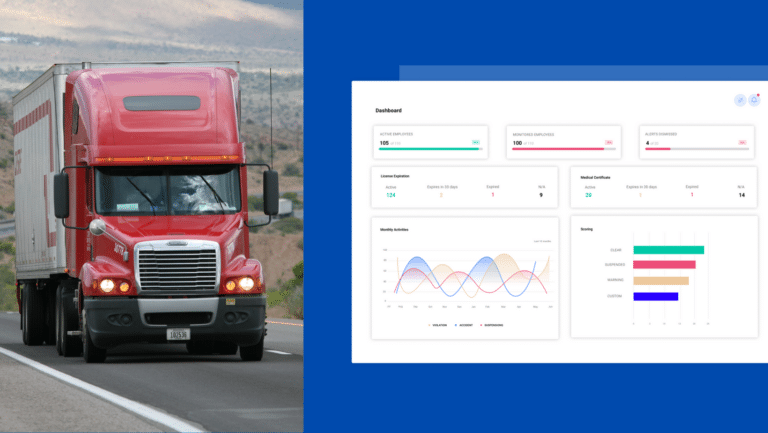Nuclear Verdicts: How to reduce exposure?

Nuclear Verdicts Go Thermonuclear
In 2022, a staggering twenty verdicts were ordered against companies for over $100 million, including four that topped $1 billion. As nuclear verdicts continue to skyrocket both in frequency and size, a new term has emerged to describe these titanic legal judgments, “thermonuclear verdicts.”
Today’s business landscape is complex and heavily regulated, making it akin to walking a tightrope. The risk of liability is ever-present, and companies need to be well-prepared to avoid becoming a legal target. So, what can you do to protect your organization from these massive verdicts? In this blog, we’ll explore the factors behind nuclear verdicts and effective strategies to protect your business.
Common Factors in Nuclear Verdicts
Depending on the circumstances, an accident settlement can become a nuclear verdict. A study by The American Research Institute (ATRI) analyzed 600 nuclear verdicts between 2006-2019 and found several factors influencing verdicts:
- Litigation Strategies:
- The Reptile Theory: Plaintiffs’ attorneys often employ the “reptile theory” to sway jurors by invoking fear. This tactic focuses on highlighting the potential harm posed to the community, encouraging jurors to take decisive action.
- Crash-Related Details:
- Severity of Injuries or Fatalities: The extent of injuries or fatalities resulting from the accident plays a significant role in determining the size of a verdict. More severe injuries typically lead to larger awards.
- Unfavorable Safety Practices:
- Negligent Safety Practices: Cases involving negligent safety practices, such as inadequate driver training, non-compliance with regulations, or insufficient safety protocols, often result in higher verdicts.
- Preventability:
- Proactive Prevention Measures: Jurors assess whether the accident could have been prevented if the company had implemented more proactive safety measures.
Focus on prevention and safety
When it becomes apparent that a company failed to implement effective safety measures or neglected to enforce proper training and compliance, it can open the door to increased liability. Jurors are more likely to hold companies accountable when negligence in safety practices is evident.
The same study by ATRI emphasizes five particular factors brought against a defendant that yielded
100 percent verdicts in favor of the plaintiff. These issues included Hours-of-Service (HOS), lack of clean driving history, driving under the influence of controlled substances, fleeing the scene of the crash, and health-related issues.

Negligent Hiring
Avoiding nuclear verdicts starts long before an incident happens. It starts during the driver-hiring process.
Failure to properly vet and evaluate potential drivers before hiring them can easily lead to the employment of individuals who may pose a risk to public safety. Some examples of negligent hiring include: failing to conduct background checks and MVRs, incomplete road tests, failing to check drug and alcohol violations and verify employment gaps, etc.
After a pregnant woman was hit by a UPS truck, she and her family sued. The child suffered permanent brain damage. The truck driver had a history of drug use. Jurors awarded $75.3 million, including over $10 million in interest.
Ensuring that your driver selection process aligns with FMCSA guidelines is a fundamental step. These guidelines provide essential criteria for assessing the fitness and qualifications of drivers:
- Driver employment application
- Initial Motor vehicle records (MVR)
- Review of driving record
- Proof of medical certification
- Verification that the medical examiner is listed on the national registry
- Road test/certificate or copy of a CDL
- Drug and alcohol tests
- Safety performance histories
In addition, companies can go the extra mile in their candidate evaluation process by adopting a more thorough approach. Accessing pre-employment records (PSP), and roadside violation reports provides a comprehensive overview of an individual’s driving history and any issues that occurred on the road.
Furthermore, conducting checks on the Commercial Driver’s License Information System (CDLIS) reports is another valuable step. CDLIS report enables employers to identify any prior CDLs held by the candidate, as well as any associated out-of-state Motor Vehicle Records (MVR) violations.
Read more: PSP, CDLIS, MVRs reports: Know the difference?
Negligent Supervision
Companies have a legal duty of care to ensure that their drivers operate vehicles safely and responsibly while performing work-related tasks.
Common examples of negligent supervision include inadequate record keeping, expired medical cards, lack of safety policies, drivers operating with expired or suspended licenses, unknown MVR violations and DUIs, ignoring or not knowing of driver behavior issues, lack of continuous driver training, etc.
A New Jersey school bus driver made an ilegal turn crashing and killing two people. At the time of the crash, the driver had 14 license suspensions, he had also received eight speeding tickets over the years and was cited for careless driving. The Paramus School District has 6 active lawsuits for negligence, medical bills and emotional distress
Ongoing supervision involves adopting a proactive approach, therefore, employers have a clear knowledge of the status of their drivers, vehicles, and operations at any time. This means going beyond minimum compliance regulations and safety practices. By leveraging the use of telematics and technology, employers can monitor, assess, and improve driver behavior and vehicle health in real time.
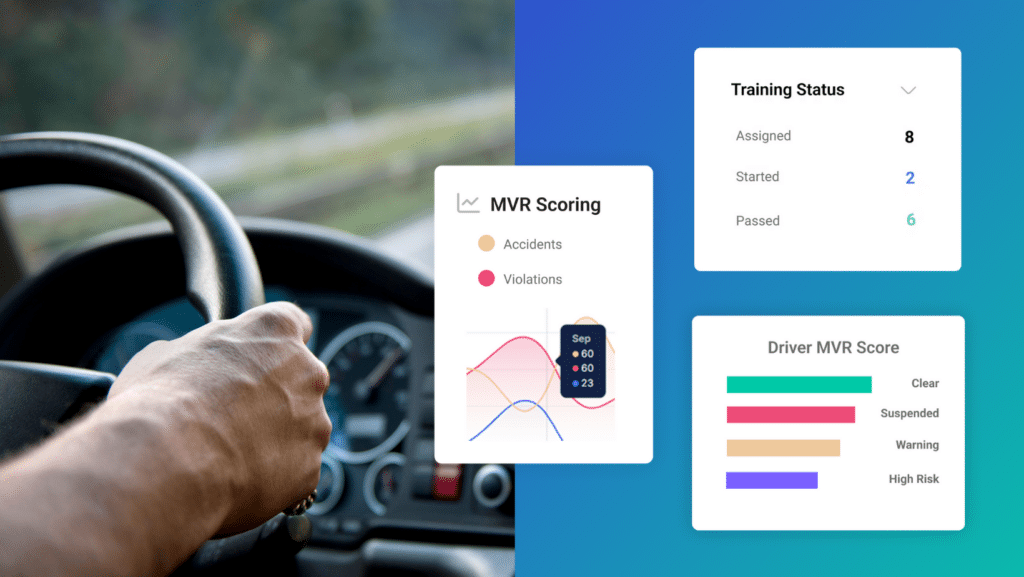
Some elements of a proactive supervision program include:
- MVR Monitoring for continuous check of Motor Vehicle records, driver’s license, and medical cards.
- GPS, dashcams, and telematics for real-time tracking of driver and vehicle locations, routes, and behavior.
- Ongoing training for drivers, including safe driving practices and remedial training.
- Clear safety policies that cover distracted driving, drug and alcohol testing, as well as incident reporting.
- Accurate records of driver qualifications, vehicle maintenance, safety incidents, and regulatory compliance.
- Ensure drivers follow hours-of-service regulations, licensing requirements, and vehicle maintenance schedules.
- Conduct periodic audits and reviews of the driver program to ensure its effectiveness and relevance.
Avoid being a litigation target
Establishing and maintaining a culture of safety within your organization is key to reducing accident exposure. When safety becomes a shared value from top management to drivers, it creates a mindset of responsibility and diligence that can prevent accidents and mitigate the risk of nuclear verdicts.
Employing and strictly enforcing safety practices are fundamental to minimizing these risks and avoiding circumstances that might lead plaintiffs’ attorneys to seek or successfully obtain exceptionally large verdicts. To learn more about how our comprehensive MVR Monitoring solution can help reduce driver risk and manage compliance. Book a demo or contact us.
*We are not lawyers. Consult with your legal counsel to ensure your processes and procedures meet/ or exceed safety standards and compliance regulations. Please read our legal disclaimer.


